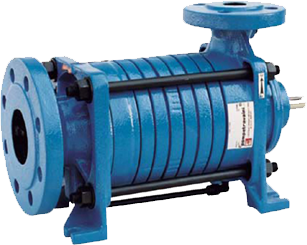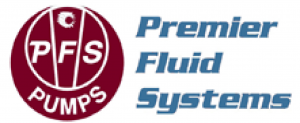
Brief Overview of Lateral Channel Self-Priming Pump
These ‘low flow high pressure’ self-priming pumps can have extremely low NPSH requirements, froe this reason boiler feed is the classical application. However considering the many volatile liquids used in chemical processes or the large amount of air-entrained liquids associated with DAF (Dissolved Air Floatation) water treatment, it becomes clear how valuable these self-priming pumps have become. These lateral channel self-priming pumps are capable of transferring vapor and entrained air from the suction side of the impeller to the discharge. When done on a continual basis, the pump can be trusted to re-priming itself without external vacuum assistance or foot valve.
Without question, the quality of a self-priming pump is critical. In the United States and Canada, Premier Fluid Systems is a leading company for both marketing and servicing these and other pump types. A key benefit of using a self-priming pump is that both operation and maintenance are economical and relatively easy.

- This self-priming pump centrifugal pump with star type open impeller. Available in single and multistage design depending or required pressures
- Vibration free operation, impellers are hydraulically self-balanced, no excessive axial forces developed hence no need for heavy duty bearings
- Low NPSH pump design with less than one foot NPSH required are available
- Its performance follow the Affinity Laws Rules
- It can handle only clean liquids but can be from hot or cold water, volatile liquids, corrosive liquids, hazardous liquids
- Pump is capable of creating vacuum at suction side. It is capable of lifting liquids hence foot valves are not required. Fill of liquid is required before initial start-up only, pump will re-prime itself thereafter.
- It handles liquids with high vapor and non-condensable contents without losing its prime
- Select from single to multistage design to closely meet the desired delivery pressure
- Choose a pump with a single or double mechanical shaft seal or even magnetic drive to satisfy the installation needs
- Choose the most economical but primarily the correct materials for the application, from Cast Iron, Bronze, AISI 316 or other Alloys
